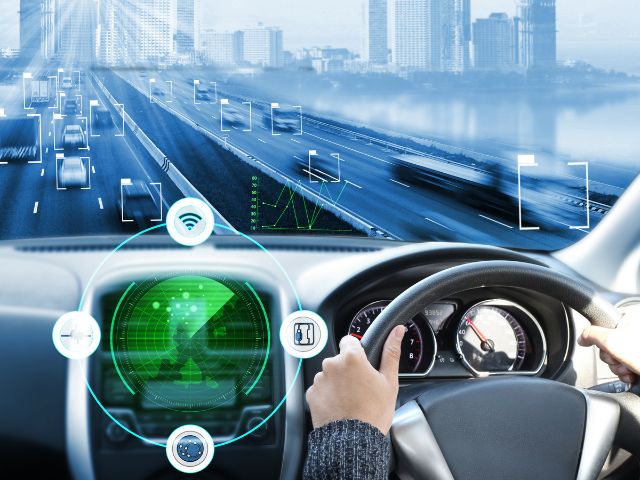

Self-driving cars are no longer an idea of science fiction—driving automation is closer than you think. However, autonomous driving is more complex than robot cars carrying us mindlessly to and fro. In fact, the Society of Automotive Engineers (SAE) created six different levels of driving automation to define which kinds of autonomous features a car has and when those features kick in. See what the future of automotives has in store when you explore this guide to the different levels of autonomous driving.
Level 0 refers to a car that has no automation. The driver is fully responsible for accelerating, braking, steering, parking, and all other maneuvers. Although, vehicles at this level might have automated features that provide warnings or brief assistance; examples include blind spot monitoring systems or automatic emergency braking. Most vehicles currently on the road feature Level 0 automation.
Level 1 vehicles start to incorporate autonomous driving features in the form of Advanced Driver Assistance Systems. The car might have features to help with steering or braking and accelerating—such as lane centering or adaptive cruise control. However, the vehicle will only have one of these features.
Cars that have both steering and braking and accelerating assistance count as Level 2 autonomous vehicles. For example, these vehicles might feature both lane centering and adaptive cruise control. However, the driver is still responsible for constantly supervising these features, even when they aren’t touching the steering wheel, brakes, or gas pedal.
Conditional automation refers to an autonomous system that can completely take over driving but sometimes requires the driver to operate the vehicle. Level 3 automation refers to systems like traffic jam assistance, which will take over driving while you’re in heavy traffic. However, drivers still have to be alert and ready to take over at any time.
In both Level 4 and Level 5 automation, the driver never has to take over. In fact, these vehicles might not even have a steering wheel or pedals. The defining feature of Level 4 automation is that it cannot drive in all conditions. One example is driverless taxis that operate in specific local areas.
Level 5 automation is similar to Level 4, but these vehicles can operate anywhere. There are no conditional requirements that need to be met. As a result, Level 5 vehicles can drive anywhere, at any time, and in any weather or traffic condition.
Driverless cars have the potential to change everything we know about driving and transportation. Understanding the different levels of autonomous driving can help you stay on top of the coolest news and trends as this technology continues to evolve and shape our future.
24World Media does not take any responsibility of the information you see on this page. The content this page contains is from independent third-party content provider. If you have any concerns regarding the content, please free to write us here: contact@24worldmedia.com
